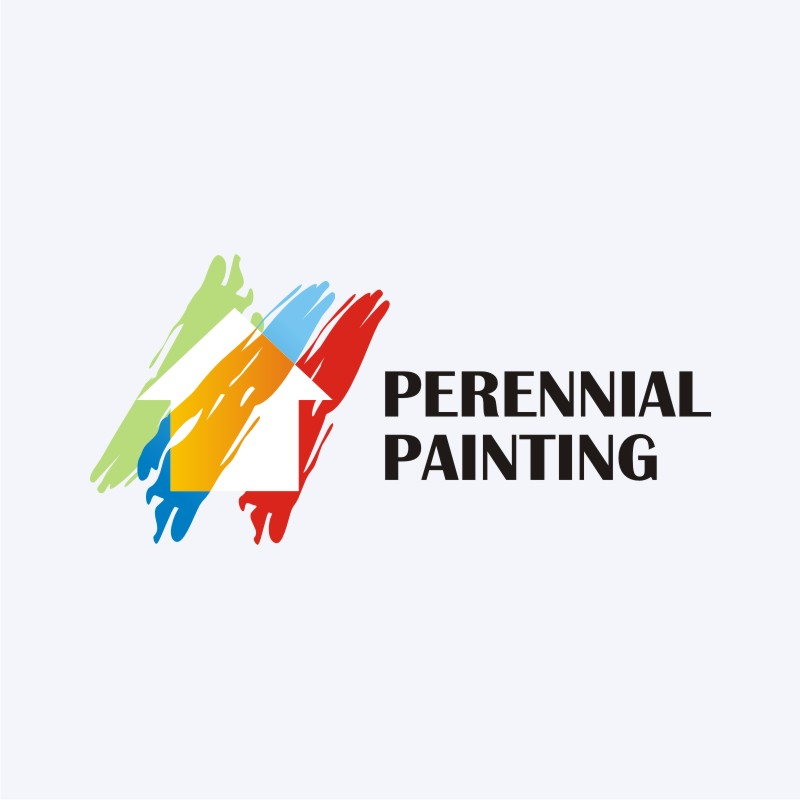Discover The Relationship Between Weather Condition And Industrial Paint Tasks, And Locate Vital Approaches To Adapt To Unforeseeable Problems For Accomplishing The Best Outcomes. What Will You Discover Next?
Discover The Relationship Between Weather Condition And Industrial Paint Tasks, And Locate Vital Approaches To Adapt To Unforeseeable Problems For Accomplishing The Best Outcomes. What Will You Discover Next?
Blog Article
Authored By-Wood Mattingly
When you're taking care of a commercial paint job, you can not neglect how climate plays a critical duty in your success. Factors like temperature, humidity, and wind can either enhance or undermine your initiatives, affecting whatever from application quality to security on the job site. You could think you can repaint anytime, but the fact is that specific conditions can cause expensive hold-ups or bad surfaces. Understanding these elements is crucial, but what specific strategies can you implement to guarantee optimal outcomes amidst uncertain climate?
Temperature and Paint Application
When it comes to business paint, temperature plays a crucial function in exactly how well the paint adheres and dries out. If you're preparing a job, keep an eye on the temperature level range advised by the paint supplier. Ideally, you want to function within that array for optimal outcomes.
When temperature levels are too low, paint can become thick and more difficult to use, bring about uneven insurance coverage. You may find yourself battling with brush strokes or roller marks that simply won't vanish.
On the flip side, heats can cause paint to completely dry also quickly. This can lead to problems like breaking or peeling off, as the paint does not have sufficient time to bond effectively to the surface.
If it's also hot, consider scheduling your help cooler parts of the day, such as early morning or late afternoon.
Moisture and Finish Top Quality
Humidity considerably affects the coating quality of industrial painting projects. When https://www.architecturaldigest.com/gallery/best-gray-rooms-neutral-color-paint-inspiration are high, dampness in the air can hinder the drying procedure of paint. This can cause concerns like inadequate bond, unequal coatings, and increased drying times.
You may discover that your paint takes longer to cure, which can delay your task timeline.
On the other hand, reduced humidity can additionally present issues. If the air is also completely dry, paint can dry as well promptly, preventing appropriate leveling and causing a harsh coating. You want your paint to stream smoothly, and rapid drying out can impede that, leaving you with a poor surface.
To attain the very best coating, go for humidity degrees between 40% and 70%. https://cabinetpaintersnearme32086.tusblogos.com/33465803/in-the-middle-of-the-increase-of-environmentally-friendly-paints-and-clever-technology-discover-exactly-how-2025-s-household-painting-trends-can-change-your-home-in-unexpected-methods enables optimum drying out conditions, making sure that the paint sticks well and degrees out correctly.
Think about utilizing dehumidifiers or fans to manage moisture in interior projects, and attempt to prepare outdoor tasks for days when moisture is within the ideal variety. By focusing on moisture, you can boost the final appearance and durability of your industrial paint work.
Wind and Exterior Conditions
While you mightn't consider wind as a major factor, it can considerably influence the result of outdoor business painting projects. High winds can disrupt your application procedure, causing paint to dry too promptly. When repaint dries too quick, it can cause an uneven surface or visible brush strokes.
You'll likewise face difficulties with paint overspray, as wind can lug bits far from the intended surface, leading to lost products and potential damage to surrounding areas.
Additionally, solid gusts can develop safety and security threats on the job website. Ladders and scaffolding are a lot more at risk to tipping in windy conditions, putting your team in jeopardy. It's vital to keep track of wind speeds prior to beginning a project. If winds surpass secure limits, it's ideal to delay your job to ensure a top quality coating and keep safety.
On calmer days, you can capitalize on the perfect conditions to accomplish smooth, expert outcomes. Always check you could look here and strategy accordingly.
Verdict
To conclude, understanding just how weather influences industrial painting is important for attaining the best outcomes. By monitoring temperature level, moisture, and wind conditions, you can schedule your projects throughout optimum times. This not only guarantees a smooth application however additionally improves the top quality of your surface. So, watch on the forecast and strategy appropriately-- doing so will conserve you time, cash, and frustration while supplying an expert outcome whenever you repaint.
